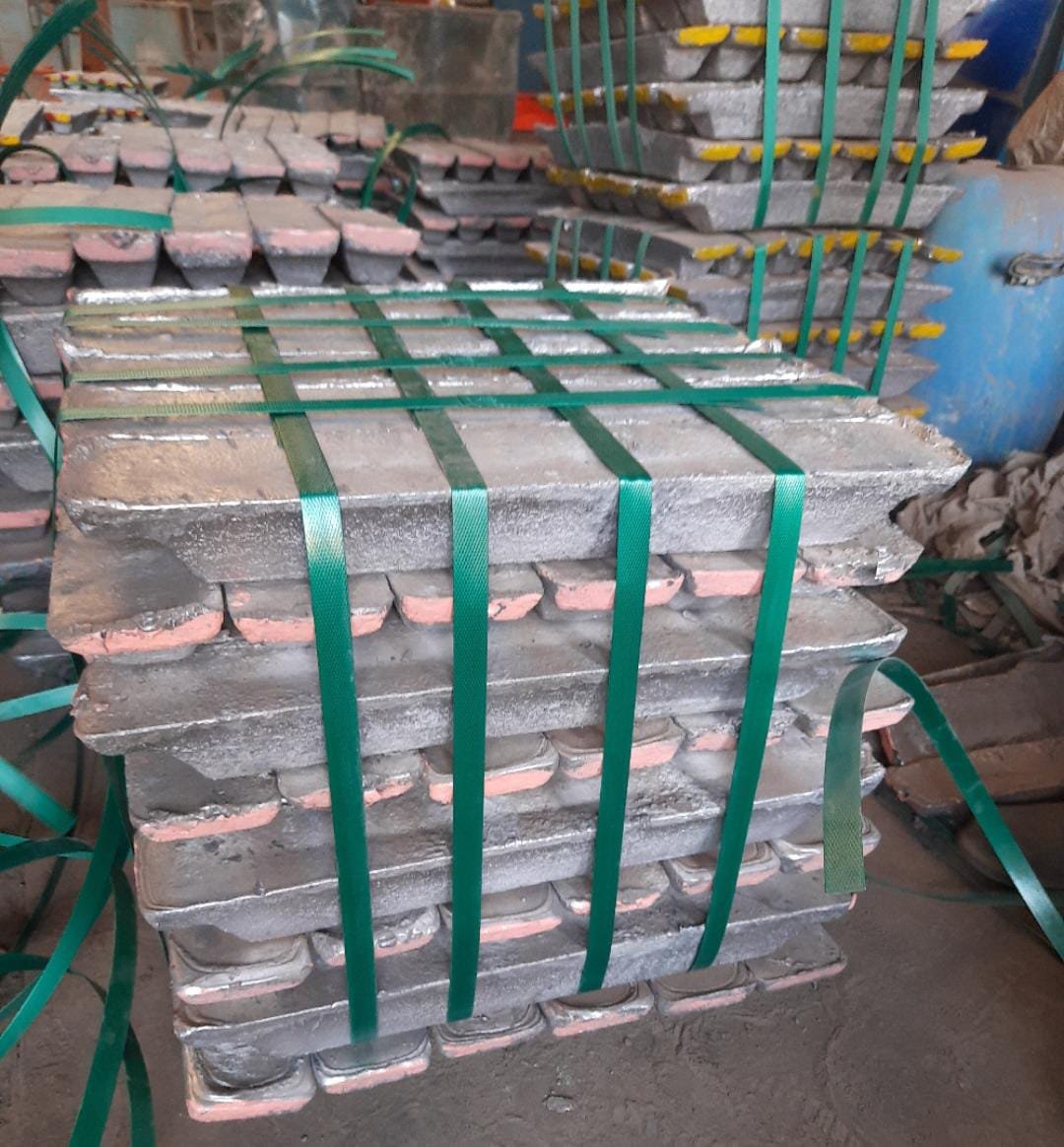Lead is a heavy, malleable, and corrosion-resistant metal with a wide range of applications across various industries. Known for its high density and low melting point, lead is commonly used in batteries, especially lead-acid batteries, which power everything from vehicles to backup energy systems. It is also used for radiation shielding due to its ability to absorb and block harmful radiation, making it essential in medical and nuclear applications.
In the construction sector, lead is used in roofing materials, pipes, and as a soundproofing agent due to its acoustic properties. It also serves in the manufacturing of lead alloys, which are used for producing items like solder, ammunition, and cable sheathing.
Despite its usefulness, lead is highly toxic, and prolonged exposure can lead to serious health issues, especially in children. This toxicity has led to stringent regulations regarding its use and disposal. As a result, there has been a growing emphasis on recycling lead to minimize environmental impact and reduce the need for new lead extraction.
Lead’s recyclability is one of its most valuable characteristics, with recycled lead being used in the production of new batteries and other products. As industries move toward greener alternatives, recycling and safe handling of lead remain critical in minimizing its ecological footprint.
